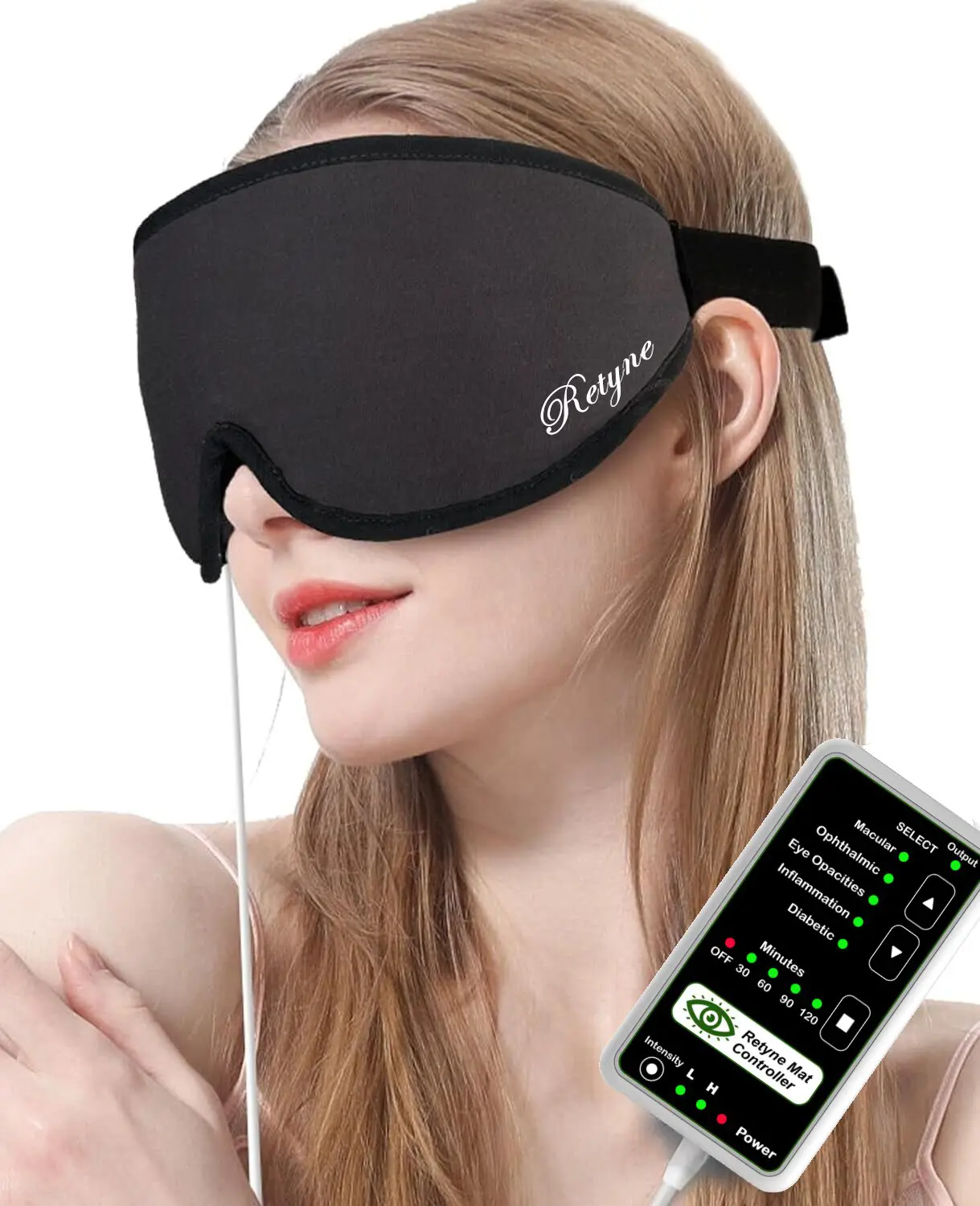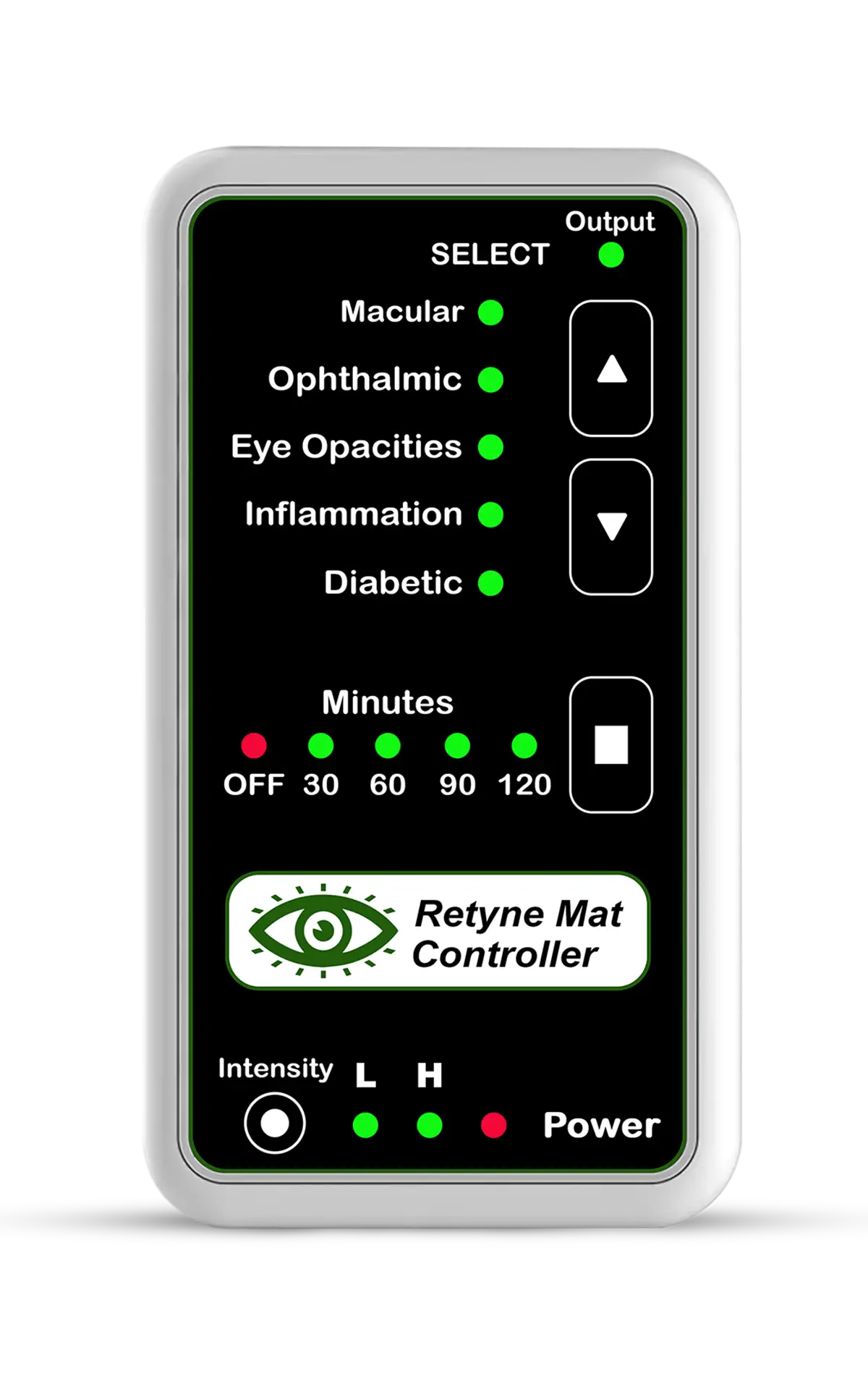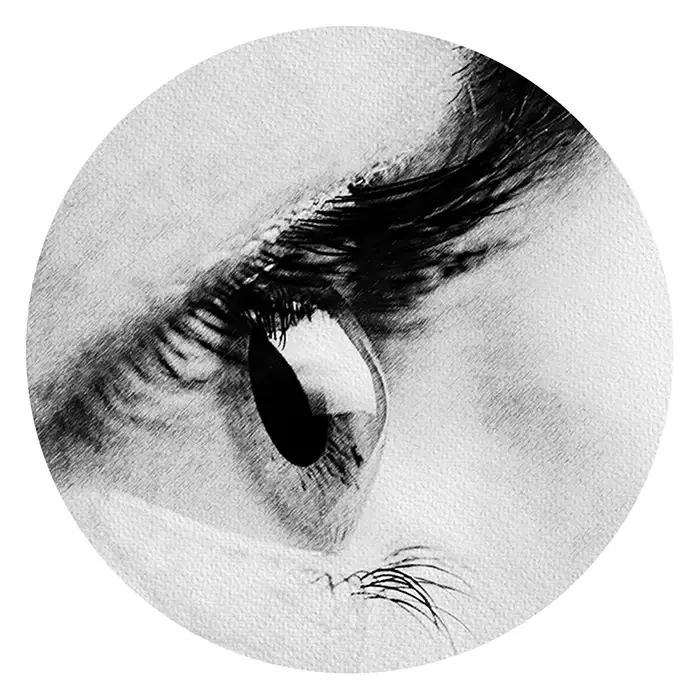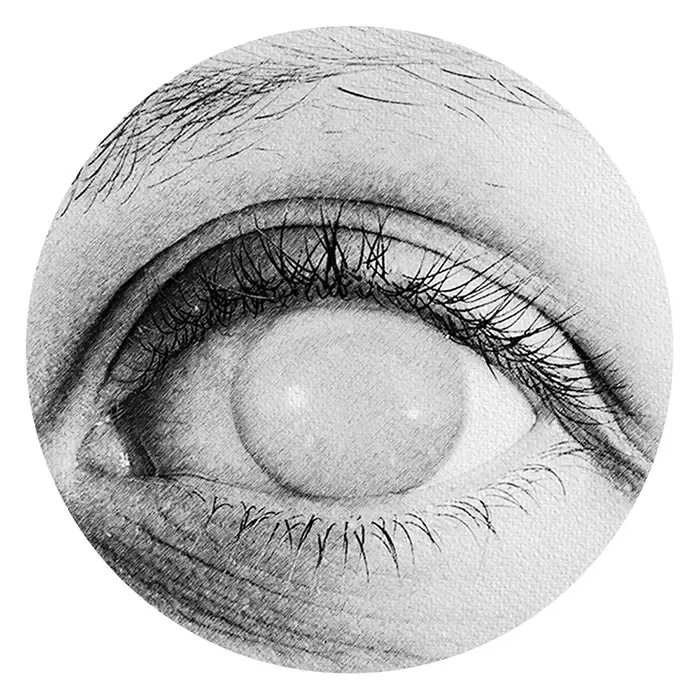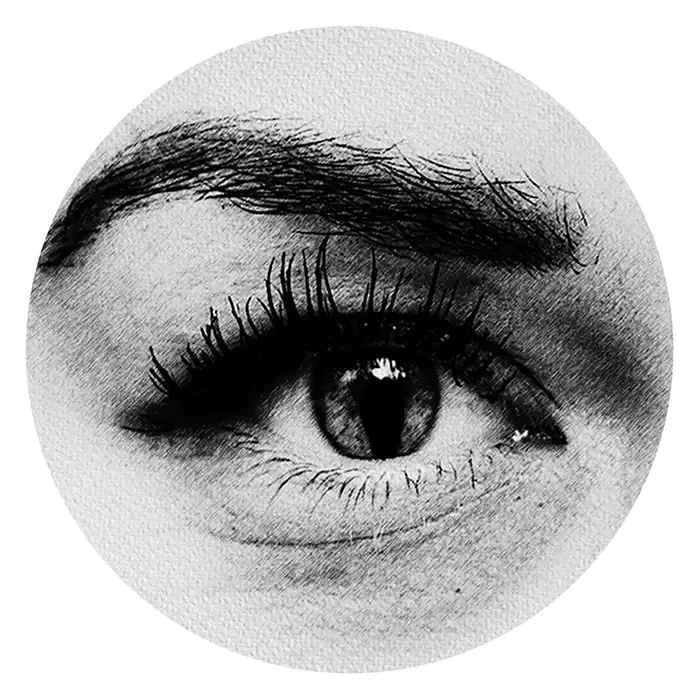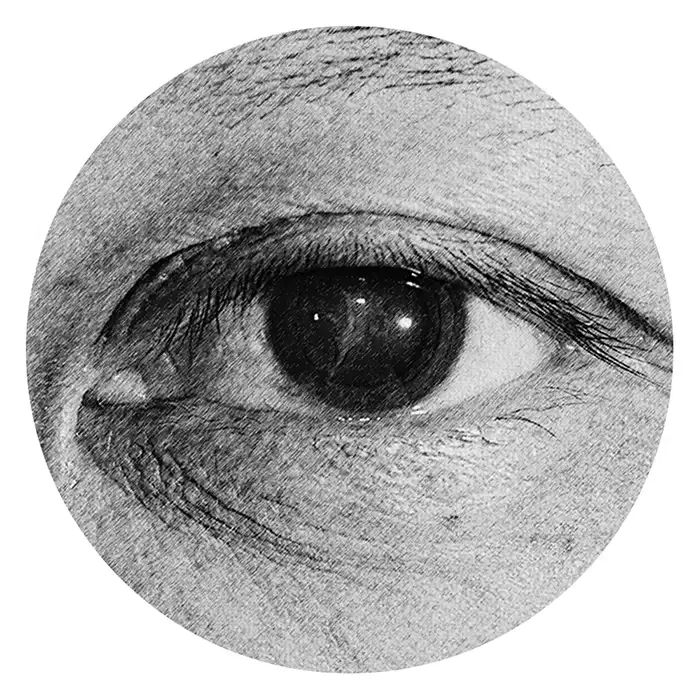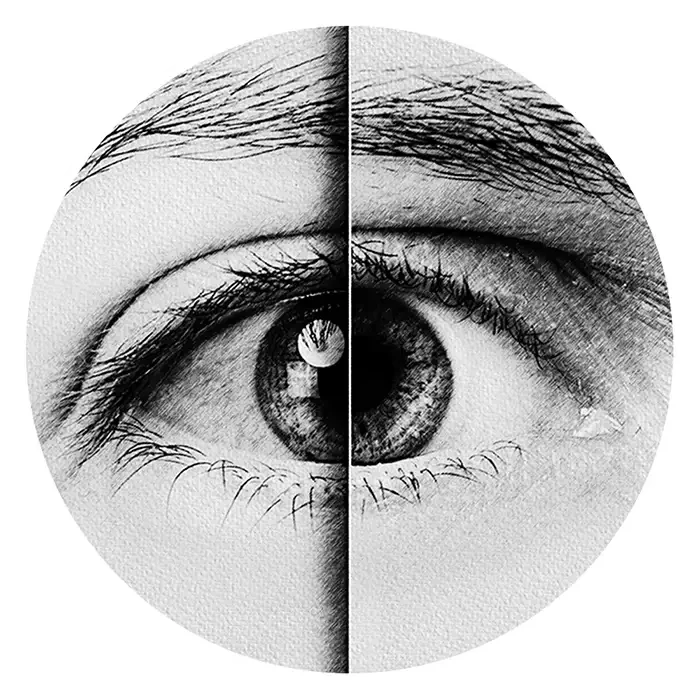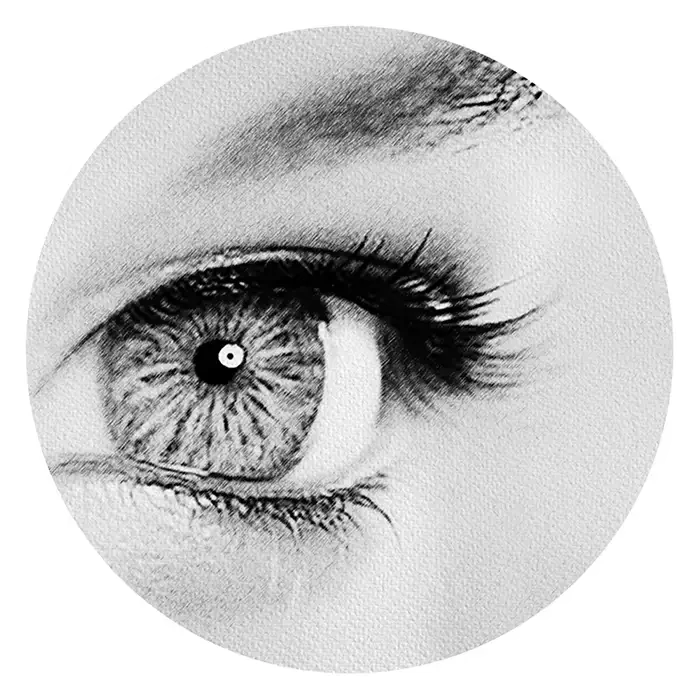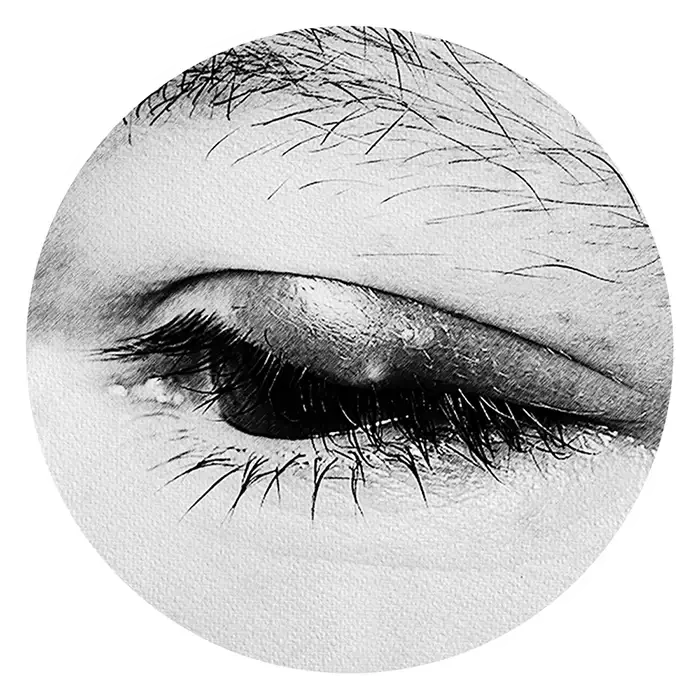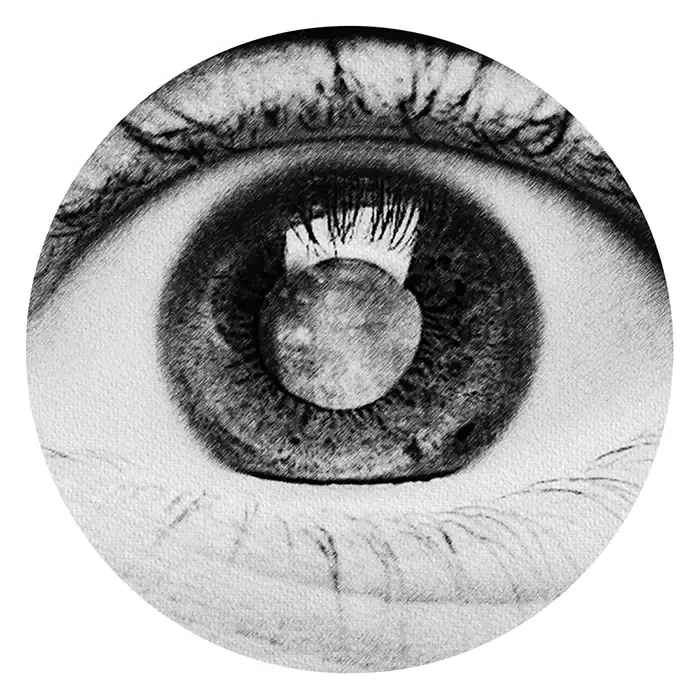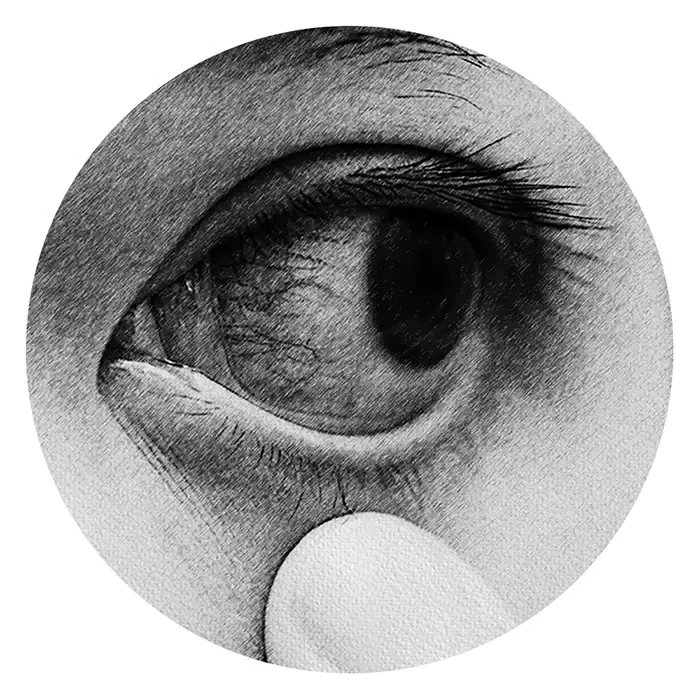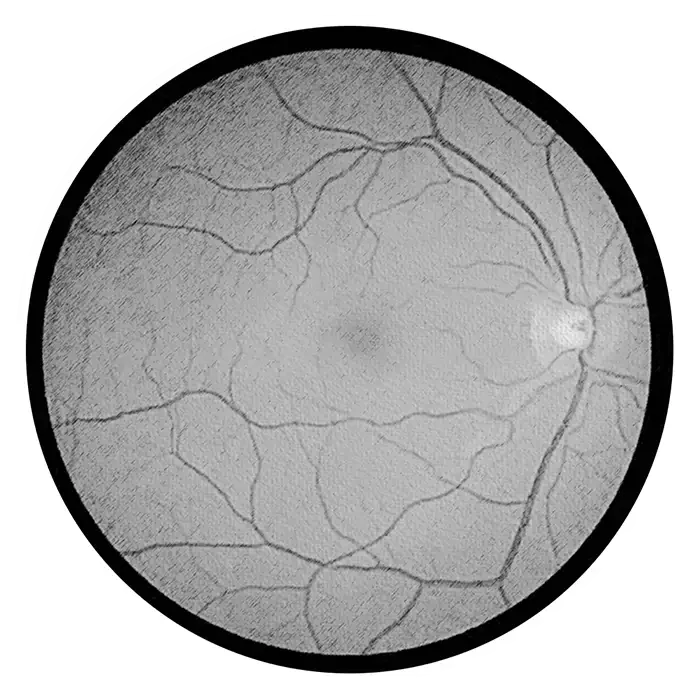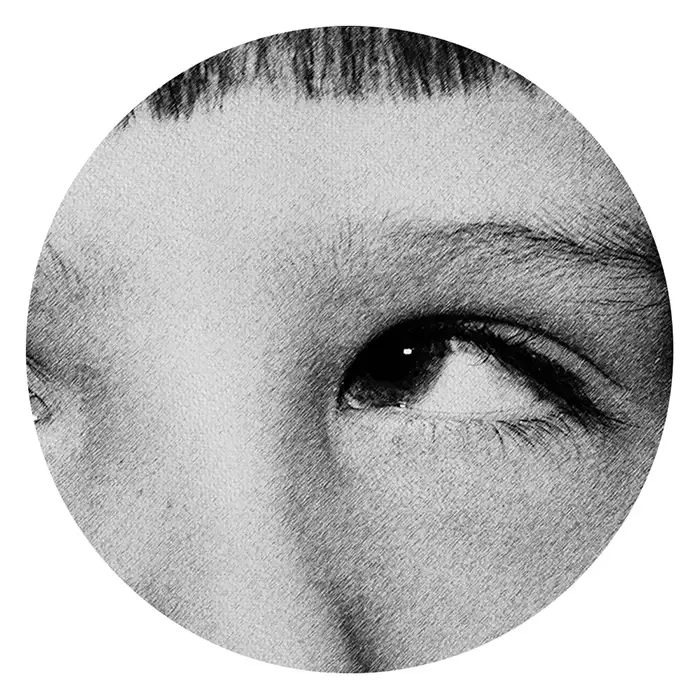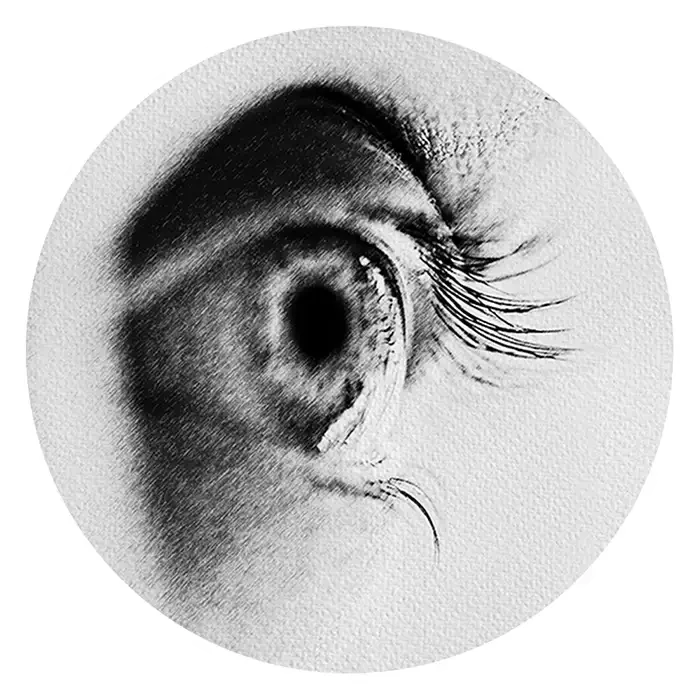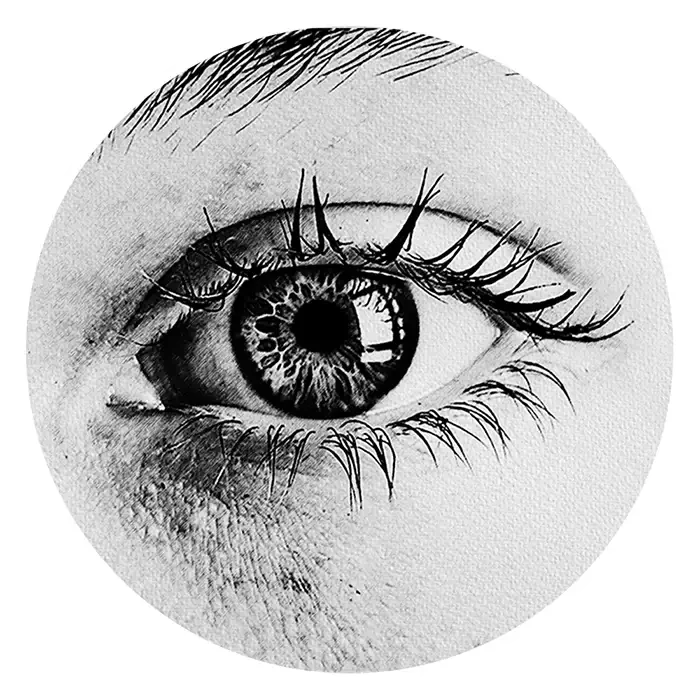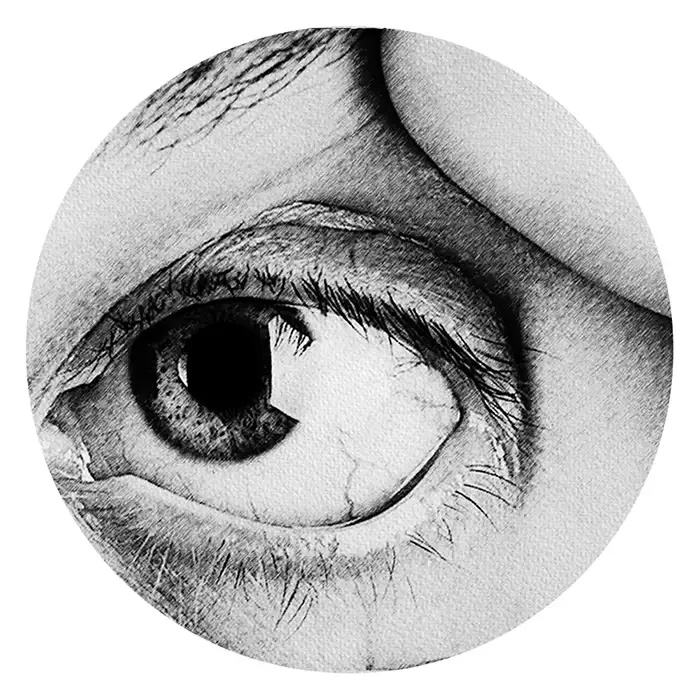Understanding Optic Neuritis: A Comprehensive Overview
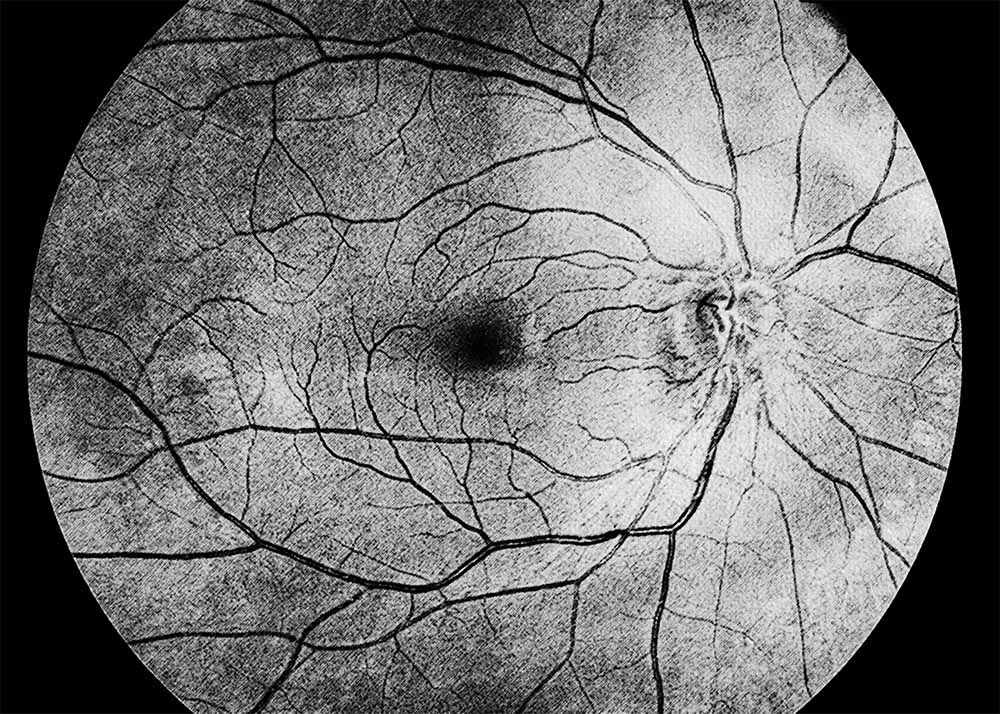
Optic neuritis is a condition characterized by inflammation of the optic nerve, which is responsible for transmitting visual information from the eye to the brain. This inflammation can cause a range of symptoms, including vision loss, pain with eye movement, and changes in color perception. There are several types of optic neuritis, each with its own distinct features and underlying causes.
Types of Optic Neuritis:
Idiopathic Optic Neuritis: This type of optic neuritis occurs without a known underlying cause and is often associated with autoimmune disorders such as multiple sclerosis (MS). Idiopathic optic neuritis typically affects one eye, although it can sometimes involve both eyes simultaneously.
Multiple Sclerosis-Associated Optic Neuritis: Optic neuritis is a common early symptom of multiple sclerosis, a chronic autoimmune disease that affects the central nervous system. In MS-associated optic neuritis, inflammation of the optic nerve is often accompanied by other neurological symptoms such as weakness, numbness, or difficulty with coordination.
Diagnosis and Management:
Diagnosing optic neuritis involves a thorough eye examination, including visual acuity testing, pupillary reflex examination, and evaluation of color vision. Additional tests such as optical coherence tomography (OCT) or visual evoked potential (VEP) testing may be performed to assess the structure and function of the optic nerve. In cases where optic neuritis is suspected to be associated with multiple sclerosis, further neurological evaluation and imaging studies such as MRI may be warranted.
Treatment with Retyne Infrared Eye Treatment Mask:
The Retyne Infrared Eye Treatment Mask offers a promising approach to managing the symptoms of optic neuritis, particularly through Program #2 on the Retyne controller. This program utilizes invisible infrared light therapy to promote healing, reduce inflammation, and improve blood flow to the affected optic nerve. By targeting the underlying inflammatory processes and supporting nerve regeneration, the Retyne mask can help alleviate symptoms and enhance visual recovery in individuals with optic neuritis.
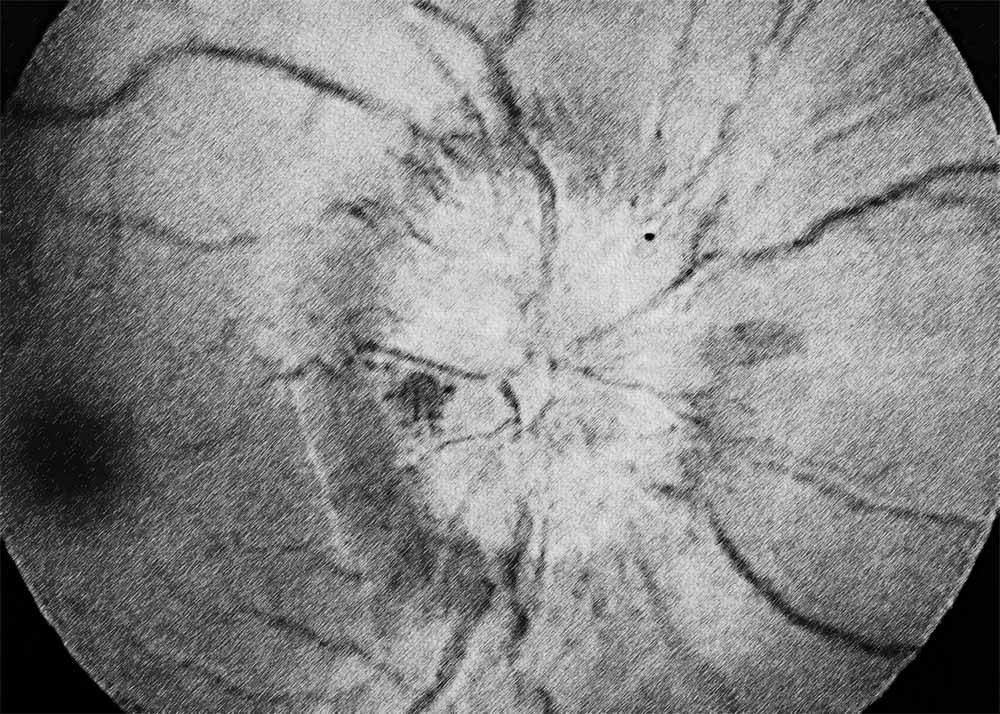
Optic neuritis is a challenging condition that can significantly impact vision and quality of life. While treatment options may vary depending on the underlying cause and severity of symptoms, the Retyne Infrared Eye Treatment Mask offers a non-invasive and effective approach to managing optic neuritis symptoms. Through its innovative use of infrared light therapy, the Retyne mask provides a promising solution for individuals seeking relief from the inflammation and vision loss associated with optic neuritis.
The Retyne eye treatment mask utilizes a general selection of frequencies (0.07, 0.12, 0.6, 0.87, 2.25, 22.5, 187.5, 396.5, 587.5, 696.5) tailored to address Optic neuritis. These frequencies have been selected for their proven effectiveness in managing and treating this visual condition.
Retyne's approach involves converting each frequency into invisible infrared light output, marking a groundbreaking fusion of frequencies with light—a pioneering technology pioneered by Retyne Labs. Inspired by the groundbreaking work of Dr. Rife, who identified healing properties in specific frequencies and utilized light for their transmission, Retyne's innovative method capitalizes on current research on invisible infrared technology and builds upon past studies on light transmission through frequency sources. The result is the Retyne eye Treatment Mask, a convergence of state-of-the-art advancements in the field of visual care.
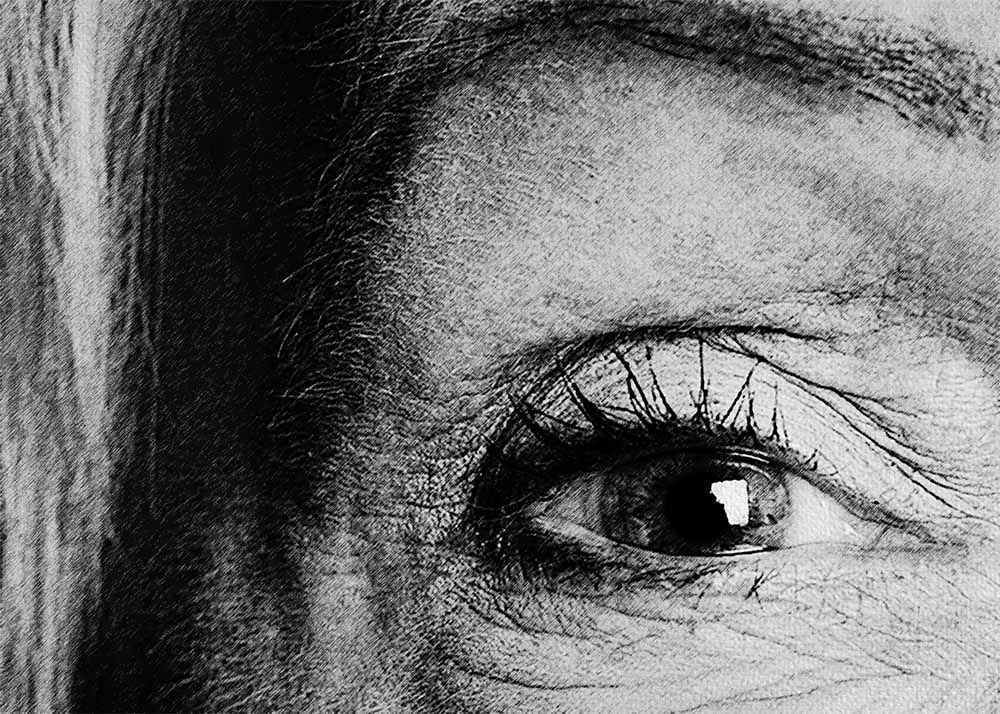
Moreover, for those utilizing advanced hardware such as the RDPV4, a secondary set of specific frequencies for Optic neuritis (2410: Optic Neuritis: 0.07, 0.57, 0.6, 11.09, 75.29, 137.5, 375.52, 456.5, 517.5, 687.62) is available. The RDPV4 offers an expanded range of frequencies, finely calibrated to provide even greater precision for the treatment of this Eye Disorder. By incorporating this secondary set of frequencies, the RDPV4 elevates the potential therapeutic benefits of the Retyne eye Treatment Mask, catering to individuals seeking advanced solutions for their visual health needs.
The general group: 1407: 0.07, 0.12, 0.6, 0.87, 2.25, 22.5, 187.5, 396.5, 587.5, 696.5
The specific group: 2410: Optic Neuritis: 0.07, 0.57, 0.6, 11.09, 75.29, 137.5, 375.52, 456.5, 517.5, 687.62
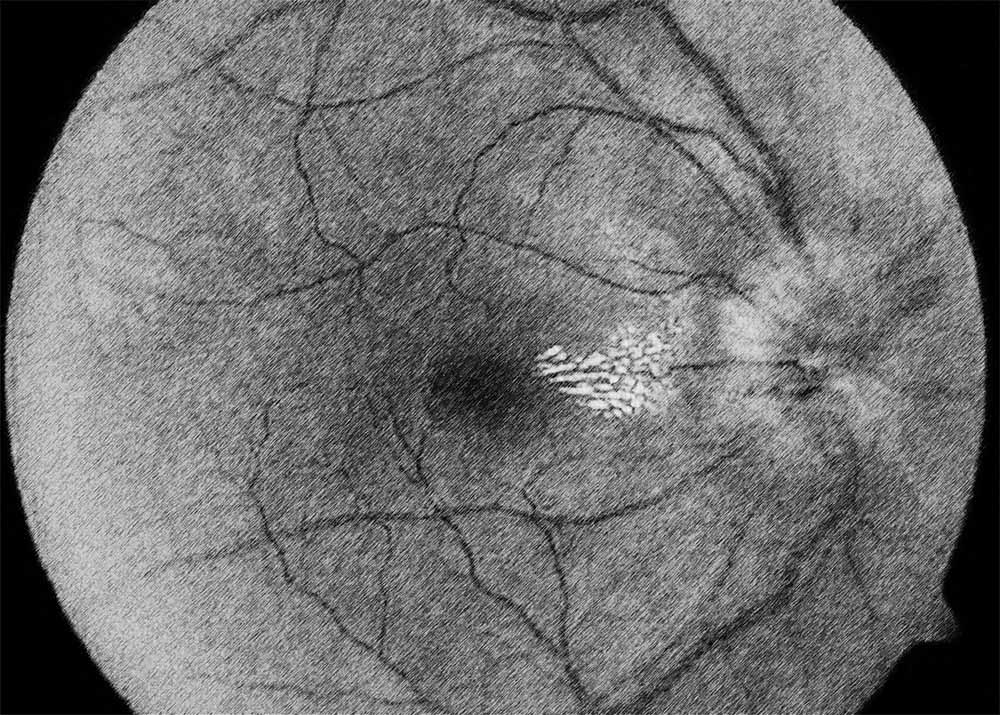
Compatibility
Standalone controller (Program #2) (Controller shipped with Retyne Eye Treatment Mask)
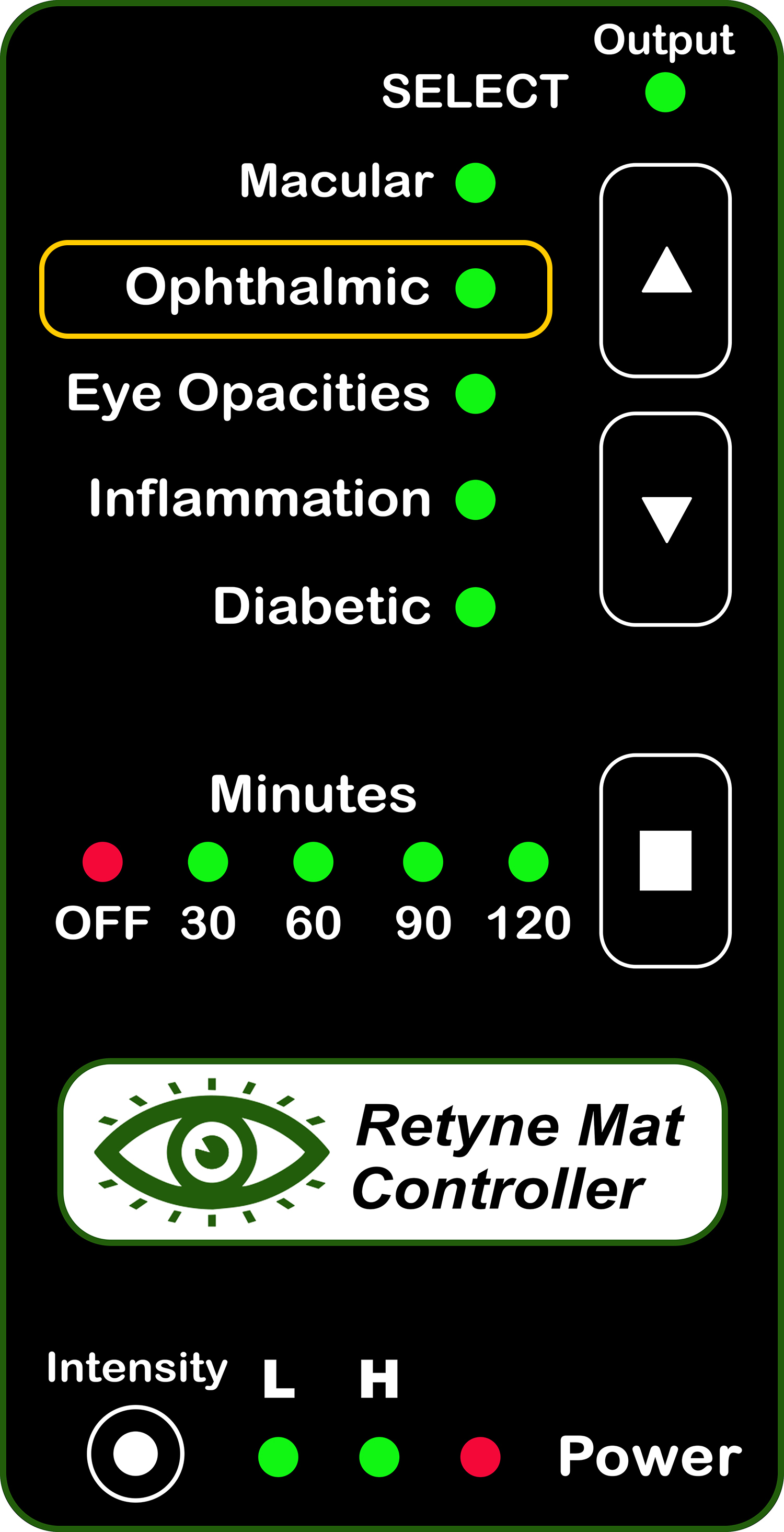
RDPV4 (Direct connect, use group 2410)
RDPV4 Light Mask Program button 2
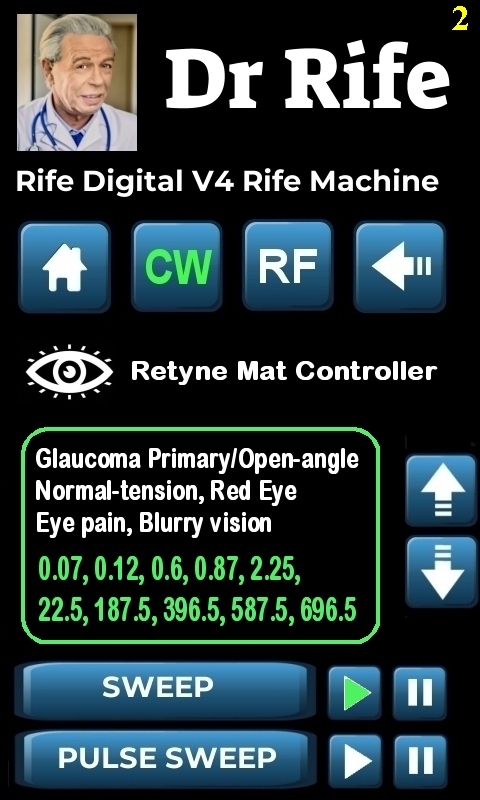
Click here for instructions on using the Retyne Mask + Controller
